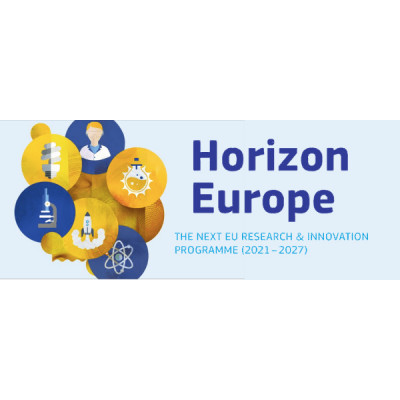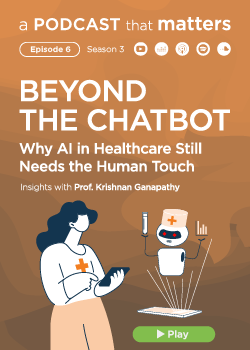Print

Sequence-structure-function: uncovering how genetic variation at human centromere drives cellular phenotypes: CentroFun
Details
Locations:Italy
Start Date:Sep 1, 2024
End Date:Aug 31, 2029
Contract value: EUR 1,500,000
Sectors: Health, Research & Innovation
Description
Programme(s): HORIZON.1.1 - European Research Council (ERC)
Topic(s): ERC-2022-STG - ERC STARTING GRANTS
Call for proposal: ERC-2022-STG
Funding Scheme: HORIZON-ERC - HORIZON ERC Grants
Grant agreement ID: 101078838
Objective:
The last decades have seen an extraordinary leap in our knowledge of the human genome and its role in health and disease. Yet, approximately 5% of our DNA still lacks sequence annotation and has been largely excluded from functional and disease-association studies. These genomic gaps include DNA repeats such as centromeres, which are large tandem arrays of alpha-satellite DNA. Centromere’s chromatin is functionally essential for chromosome segregation serving as the basal template for the mitotic kinetochore. A recent breakthrough has been the complete genome assembly, including centromeres, of a haploid cell line derived from fetoplacental growth of a molar pregnancy. However, centromeres sequence and size vary across tissues, between individuals and in disease states. The main challenges are to understand how is centromere variation generated and especially, the consequences at a functional level. The specific objectives of my project are: (1) Identify the mutagenic processes and DNA repair responses operating at centromeres; (2) Determine the impact of centromeres’ sequence variation on chromatin structure, kinetochore function and chromosome behavior; and (3) Understand how these changes contribute to genome instability, cellular phenotypes and disease predisposition. The originality of this project is to follow a multidisciplinary approach that combines experimental studies – spanning structural biochemistry to cell biology – and bioinformatic analyses, that will benefit from the information on centromere reference already available and soon to be generated. The proposed research therefore represents a very appropriate and timely contribution to provide an integrated view of human centromere variation and its role in determining phenotypic traits. Furthermore, it will provide important insight on the functional role of the “missing genome” in human diseases and promises to yield key information and tools for expanding this novel field.

